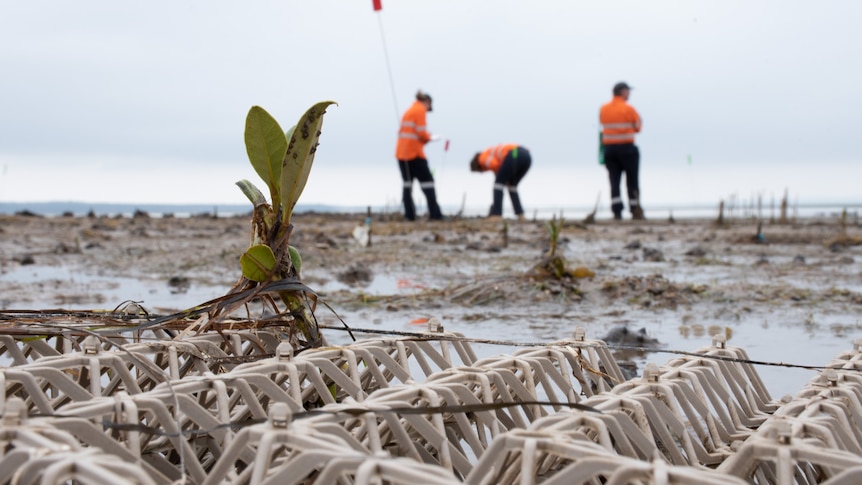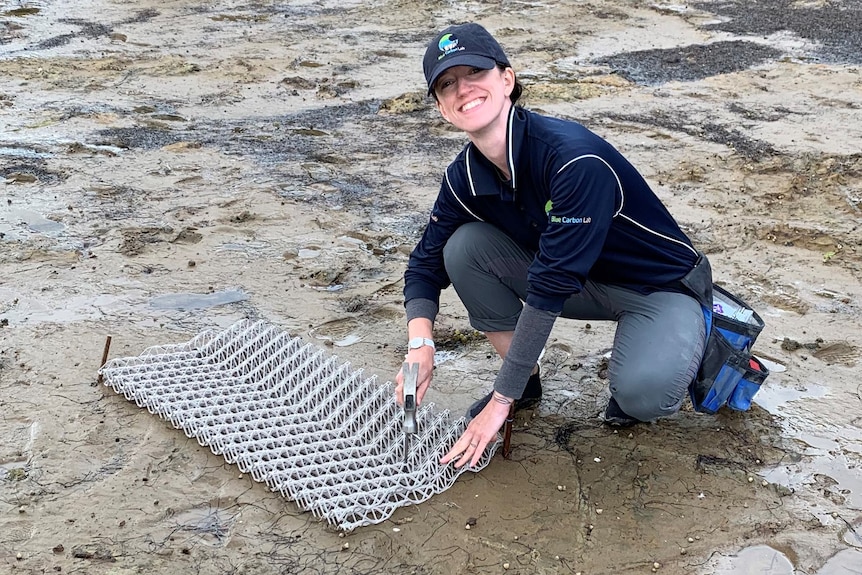Australian researchers are using biodegradable, 3D printed structures to combat coastal erosion and support the growth of wetland species. Scientists from Deakin University’s Blue Carbon Lab, supported by Beach Energy, are placing mangrove seeds in 3D printed lattice frames in Port Phillip Bay and Western Port Bay.
These structures slow water flow, encourage soil accumulation, and aid in root establishment for mangroves, especially in erosion-prone areas.

Made of potato starch from industrial waste, the biodegradable lattice decomposes within two to 10 years.
“Sometimes when you remove [the supporting structures] they might disturb the plants themselves,” said Stacey Trevathan-Tackett of Deakin University.
“They’re there for a while to help stabilize the sediment, stabilize the roots, let the plants grow, and then eventually they’ll degrade themselves.”
Unlike conventional restoration projects that utilize plastic or concrete structures, which can disturb plant growth and pollute the environment, these biodegradable lattices minimize environmental impact.

Researchers will examine various factors that promote regeneration, such as soil type, root systems, and water conditions. Citizen scientists will collect data by observing seeds and tracking their growth and survival rates.
If successful, the structures could benefit numerous coastal regions and serve as flood defenses. Mangroves, salt marshes, and seagrasses protect coastlines from erosion, support biodiversity, and store atmospheric carbon in their soils.
Come and let us know your thoughts on our Facebook, Twitter, and LinkedIn pages, and don’t forget to sign up for our weekly additive manufacturing newsletter to get all the latest stories delivered right to your inbox.









